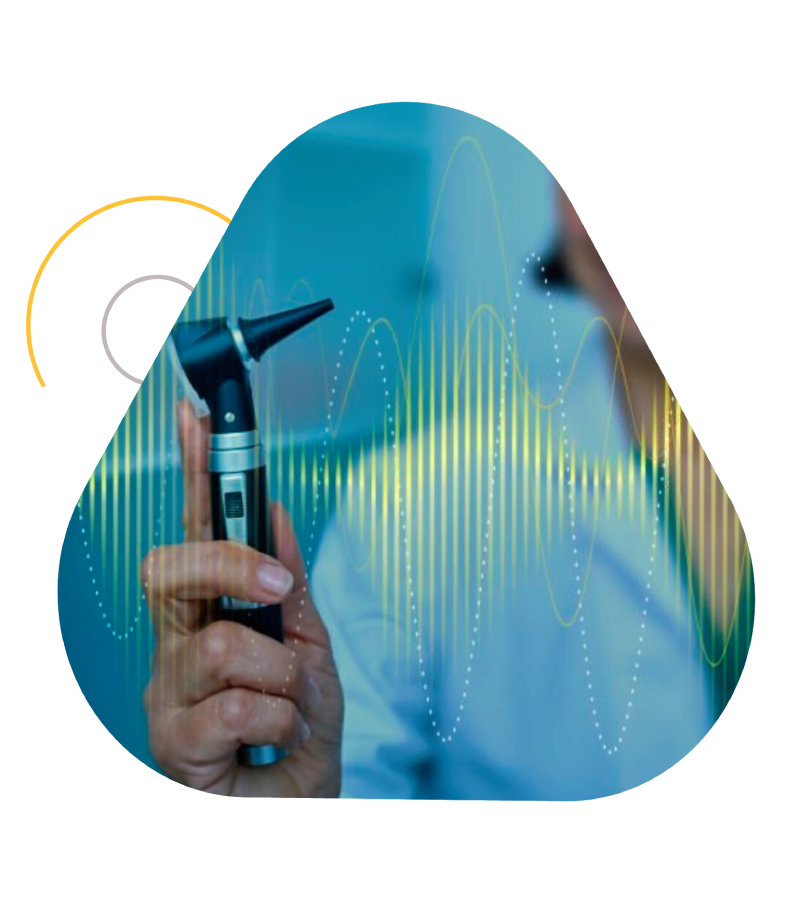
ExcellentBased on 668 reviews
 Devki Gandhi2023-12-30V.polight and good reports
Devki Gandhi2023-12-30V.polight and good reports dhondiram arole2023-12-27I do my blood test here and I will get my report same day good staff reception namrta and dipti
dhondiram arole2023-12-27I do my blood test here and I will get my report same day good staff reception namrta and dipti Mithila Kulkarni2023-12-22Very good experience. Staff was cooperative. I got my checkup under Rahul and Kavita. Both were really good at their job. They might do this everyday but still they were doing it passionately. Highly recommend to visit and get checked up.
Mithila Kulkarni2023-12-22Very good experience. Staff was cooperative. I got my checkup under Rahul and Kavita. Both were really good at their job. They might do this everyday but still they were doing it passionately. Highly recommend to visit and get checked up. Mathan Gayen2023-12-21फेथ क्लिनिक प्रभादेवीमध्ये रक्तपरीक्षणाचा आनंददायी अनुभव. मैत्रीपूर्ण कर्मचारी आणि सुचवलेला कार्यपद्धती. संपूर्णतः संतुष्ट!फेथ क्लिनिक में गृहभेटी ब्लड टेस्ट की सुविधा से मैं पूरी तरह संतुष्ट हूँ। समय पर पहुँचने वाले, कुशल और मितव्ययी फ्लेबोटोमिस्ट। घर के सुखद माहौल में टेस्ट करवाने की सुविधा ने मेरे लिए बहुत बदल दिया है। गृहभेटी ब्लड टेस्ट की सराहना करता हूँ।
Mathan Gayen2023-12-21फेथ क्लिनिक प्रभादेवीमध्ये रक्तपरीक्षणाचा आनंददायी अनुभव. मैत्रीपूर्ण कर्मचारी आणि सुचवलेला कार्यपद्धती. संपूर्णतः संतुष्ट!फेथ क्लिनिक में गृहभेटी ब्लड टेस्ट की सुविधा से मैं पूरी तरह संतुष्ट हूँ। समय पर पहुँचने वाले, कुशल और मितव्ययी फ्लेबोटोमिस्ट। घर के सुखद माहौल में टेस्ट करवाने की सुविधा ने मेरे लिए बहुत बदल दिया है। गृहभेटी ब्लड टेस्ट की सराहना करता हूँ। ashwin parakh2023-12-19Mrs.Niket hay done my treadmill test nicely and comparability
ashwin parakh2023-12-19Mrs.Niket hay done my treadmill test nicely and comparability Hasnain Patel2023-12-16I am Hasan Khan I had done my tmt test here and I got my report within 1/2 hour thank you team fayth clinic And specially thanks to dipti hatiskar and namrata sonawane reception person
Hasnain Patel2023-12-16I am Hasan Khan I had done my tmt test here and I got my report within 1/2 hour thank you team fayth clinic And specially thanks to dipti hatiskar and namrata sonawane reception person Praveen Singh pundir2023-12-15Excellent service by fayth clinic
Praveen Singh pundir2023-12-15Excellent service by fayth clinic Ishwari Bhiwandkar2023-12-15Hi Fayth Clinic - Diagnostic Center Prabhadevi, It was our pleasure for doing health test which was organised by our company SKCC. Your each and every staff members and Doctors service was excellent, caring, marvelous. Get our report on time on Whats app and on email too which was so surprising. All the best and best wishes.
Ishwari Bhiwandkar2023-12-15Hi Fayth Clinic - Diagnostic Center Prabhadevi, It was our pleasure for doing health test which was organised by our company SKCC. Your each and every staff members and Doctors service was excellent, caring, marvelous. Get our report on time on Whats app and on email too which was so surprising. All the best and best wishes. Sudhir Bhingarde2023-12-15Very good service. Quick attention. Trained staff . Quick report delivery.
Sudhir Bhingarde2023-12-15Very good service. Quick attention. Trained staff . Quick report delivery. Skcc Jkheda2023-12-15Very good and nice service
Skcc Jkheda2023-12-15Very good and nice service

Fayth Clinic (Prabhadevi Branch)
Shivshakti CHS, A-Wing, 1st Floor,
Next to Sahakari Bhandar,
S.K. Bole Road, Agar Bazar,
Prabhadevi, Mumbai: 400025, Maharashtra.
Fayth Clinic (Mira Road Branch)
Shop No 6, Salasar Tulip Chsl, Salasar Garden Complex,
Before GCC Club, Hatkesh,
Mira Road East, Dist.Thane-401107